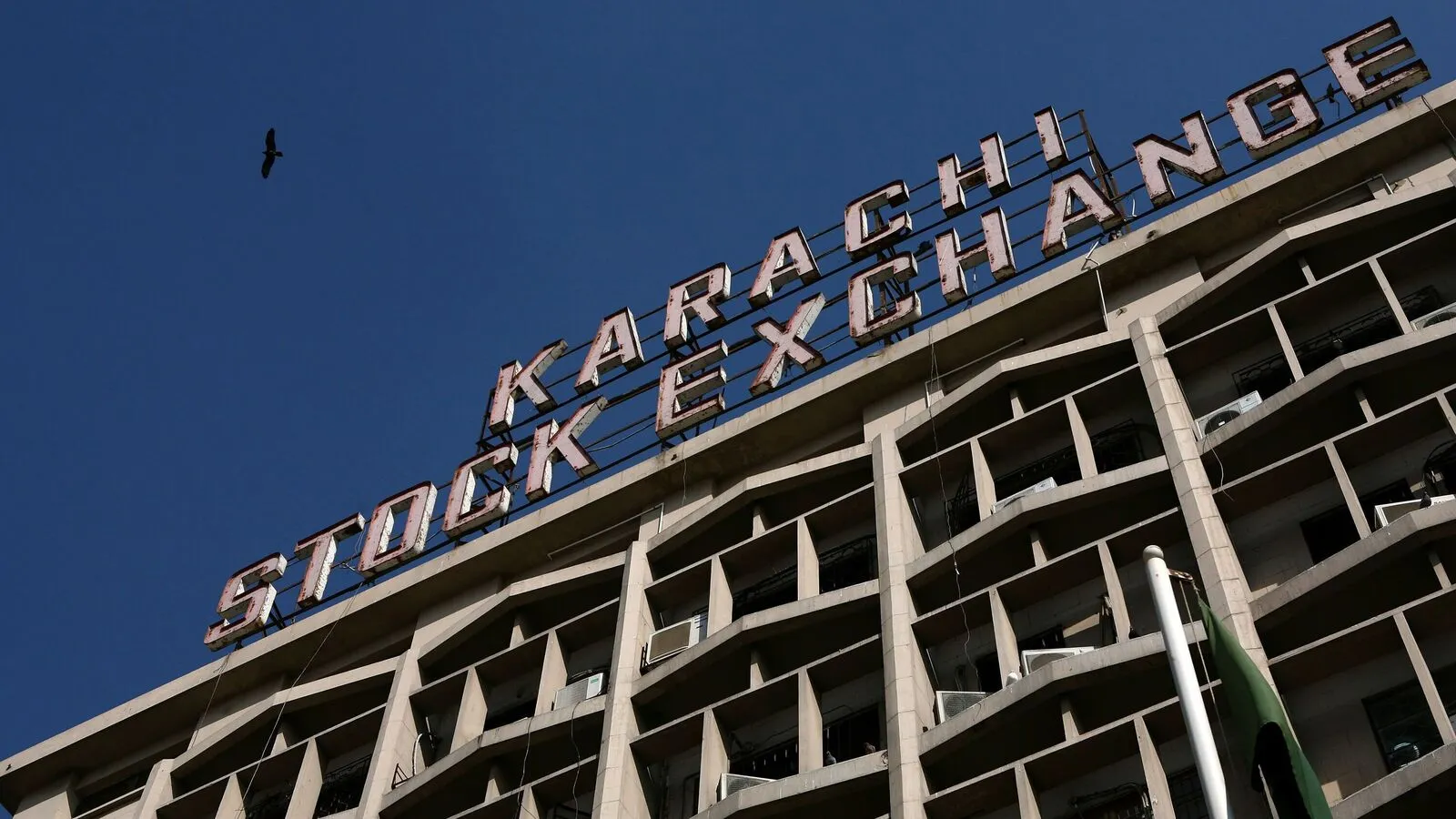US yields rise modestly after solid services sector data

US ISM services sector data shows prices paid at two-year high
US yield curve steepens post-ISM services data
Treasury’s three-year note sale comes in better than expected
Bessent says 17 trading partners have very good proposals
(Adds comment, Bessent remarks, results of three-year note auction, graphic; updates prices)
By Gertrude Chavez-Dreyfuss
NEW YORK, May 5 (Reuters) – U.S. Treasury yields were marginally higher on Monday, after data showed that the services sector in the world’s largest economy remained resilient last month, with prices paid, an inflation gauge, hitting a two-year high.
Volume was lighter than usual, with financial markets closed in the UK, Japan, Hong Kong and mainland China.
The U.S. services sector report, meanwhile, reinforced expectations that the Federal Reserve will take its time in cutting interest rates amid signs of firmer inflation.
The Institute for Supply Management (ISM) said on Monday its nonmanufacturing purchasing managers index (PMI) increased to 51.6 last month from 50.8 in March. Economists polled by Reuters had forecast the services PMI dipping to 50.2.
The survey’s measure of prices paid for services inputs jumped to 65.1, the highest reading since January 2023 and followed 60.9 in March.
Treasury yields, however, briefly pared gains after the U.S. three-year note auction came out well-received. The note was priced at a yield that was lower than expectations, suggesting there was enough demand to absorb the $58 billion issuance.
In afternoon trading, the benchmark 10-year yield was last up 1.9 basis points (bps) at 4.339%. On the short end of the curve, the two-year yield was marginally higher at 3.843%. It was trading lower before the data.
“Bond yields rose in reaction to the ISM Services print partially due to the stronger-than-expected headline index, but also because higher prices paid means the Fed is more likely to remain on the sidelines for longer,” wrote Will Compernolle, macro strategist at FHN Financial, in emailed comments.
The U.S. yield curve steepened following the ISM data, with the spread between two-year and 10-year yields at 49.9 bps , compared with 48.4 bps late on Friday.
The current curve is described as a “bear steepener,” in which long-term interest rates are rising more quickly than those on the short end. This often happens when inflation expectations pick up.
“There is no direction in Treasuries for now until we see tariffs showing up on hard data, or some policy changes out of Washington,” said Stan Shipley, fixed income strategist, at Evercore ISI.
Treasuries, meanwhile, showed little reaction to upbeat comments from U.S. Treasury Secretary Scott Bessent on Monday. He said President Donald Trump’s tariff, tax-cut and deregulation agenda would work together to drive long-term investment to the U.S. economy.
excluding China have presented “very good trade proposals,” adding that the U.S. government is “very close” to some tariff deals.
AUCTIONS UNDERWAY THIS WEEK
Outside of the ISM data impact, the market overall struggled for direction as Treasury auctions got underway this week, once again testing demand for U.S. government debt.
The Treasury on Monday sold U.S. three-year notes and the outcome was solid. The high yield was 3.824%, lower than the expected rate at the bid deadline, suggesting sufficient demand.
There were $148.3 billion in bids for a 2.56 bid-to-cover ratio, another measure of investor appetite, slightly higher than last month’s 2.47, but lower than the 2.60 average.
Post-auction, the U.S. three-year yield was little changed at 3.816%.
Treasury will next auction $42 billion in 10-year notes on Tuesday, and $25 billion in 30-year bonds on Thursday. Investors, however, were more focused on the U.S. 10-year note sale as they remain on the lookout for signs of diminishing demand for Treasuries.
“Our expectations are that the (10-year) auction will be well sponsored by both domestic and overseas participants, as…it is still too early in the trade war to expect a meaningful rotation away from Treasuries as a reserve asset,” wrote Ian Lyngen, head of U.S. rates strategy at BMO Capital in a research note.
Monday’s generally lackluster trading also comes ahead of the Fed’s two-day monetary policy meeting, when it is expected to hold interest rates steady in the 4.25%-4.50% range. A solid U.S. nonfarm payrolls report for April released last Friday also gave the Fed some breathing room to stay patient with interest rates.
The benchmark federal funds futures market has priced in a more than 70% chance that the U.S. central bank will resume cutting rates at the July policy meeting, LSEG calculations showed. Overall, the market expects about 77 bps of easing this year.
In other maturities, U.S. 30-year bond yields were up 3.6 bps at 4.831%.
(Reporting by Gertrude Chavez-Dreyfuss; Editing by Will Dunham and Andrea Ricci)









